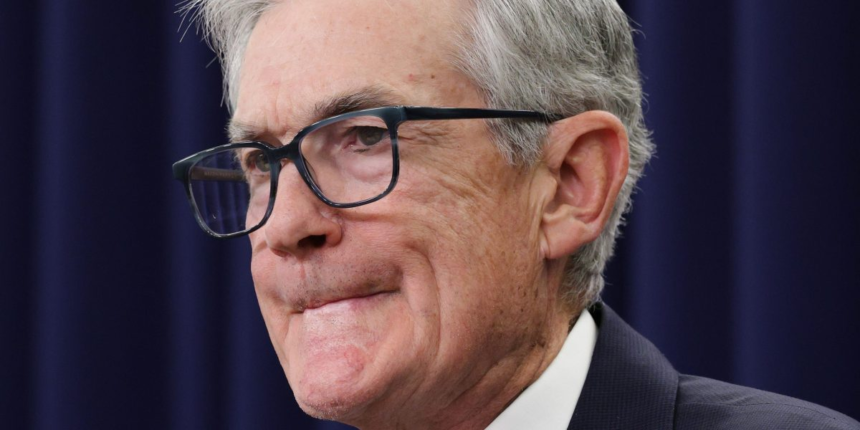A leading investment bank has delivered an arresting diagnosis of the U.S. economy: the labor market, long a pillar of resilience, may be in real trouble. In their latest economic outlook, UBS economists led by Jonathan Pingle painted a picture of mounting weakness that extends well beyond headline job numbers, warning of a growing risk to households and the broader recovery.
Firing is running higher than advertised, UBS argued, citing the fact that “unemployment insurance claims, layoff announcements and WARN notices have all been running ahead of the pre-pandemic pace. Even the lagged Business Employment Dynamics data, the gold standard of data on job creation and job destruction dynamics has been showing the pace of job loss at or above the pre-pandemic pace through the latest data.”
Workers are getting thrown into a growing pool of others not finding jobs. UBS likens the job market to a bathtub: with outflows (layoffs) steady and inflows (hiring) slowing, the water level (total jobs) is bound to fall. The hiring rate, as measured by multiple business surveys, has dropped to levels historically seen only in recessions. Excluding healthcare and social assistance, which have been relatively steady, private-sector payrolls have been declining by an average of 36,000 jobs per month.
Since the start of the year, household employment as measured by the main government survey has been falling by about 72,000 jobs per month through August. Such a pace is “well below” the rate required to keep up with population growth, let alone maintain a stable unemployment rate, which has now crept up to a post-2021 high. Labor force participation has slipped, and more than 800,000 people have left the labor force but say they still want a job.
Economists note the broadest measure of underemployment, known as U-6, has jumped by 0.6 percentage points since January to 8.1%. That’s now 1.3 percentage points higher than at the end of 2019. Notably, the rise isn’t just about people out of work: more Americans are working part-time for economic reasons, another classic sign of slackening demand. “That is exactly the opposite of what should happen under a negative labor supply shock stemming from immigration,” UBS wrote, referring to the Trump administration’s argument that immigration restrictions would tighten the labor market.
And even the openings that appear active, Pingle argued, may not be tied to real hiring efforts.
The hiring rate “consistent with recession” has been a gap “so large that seemingly many of the openings probably are not seeing much effort to be filled,” according to Pingle. “We can also look at the 14 million people not working but who want a job or are searching for one, or the 2 million collecting unemployment benefits. Given that abundance, it would seem that at least some of the openings do not appear anxious to be filled.”
Not only are workers losing jobs, but the market for new opportunities is shrinking as well. Seasonal hiring plans for the holidays are running well below pre-pandemic norms. Challenger, Gray & Christmas reports a combined September/October total of just 400,000 announced holiday roles — sharply lower than the 625,000 average for the 2014–19 period and even below recent years. Key retailers like Target aren’t even disclosing numbers, and the National Retail Federation suggests seasonal jobs could be down 40% from a year ago.
Federal Reserve officials are increasingly divided, with some policymakers warning that the risk to jobs now rivals concerns about inflation. While some see an argument for interest rate cuts to buffer the labor market, others worry inflation isn’t yet tamed. One Fed governor admitted she worries because “the labor market can deteriorate very quickly,” calling for caution and flexibility as each new set of economic data is released.
The investment bank’s conclusion? If layoffs keep pace and hiring continues to slow, the labor market is headed for “more obvious contraction.” And that, they warn, could soon filter down to undermine household confidence, consumer spending — and the entire recovery. “If a bathtub is draining faster and faster while the faucet isn’t changed, eventually the water level is going to start to drop. That is a material risk to the outlook.”









